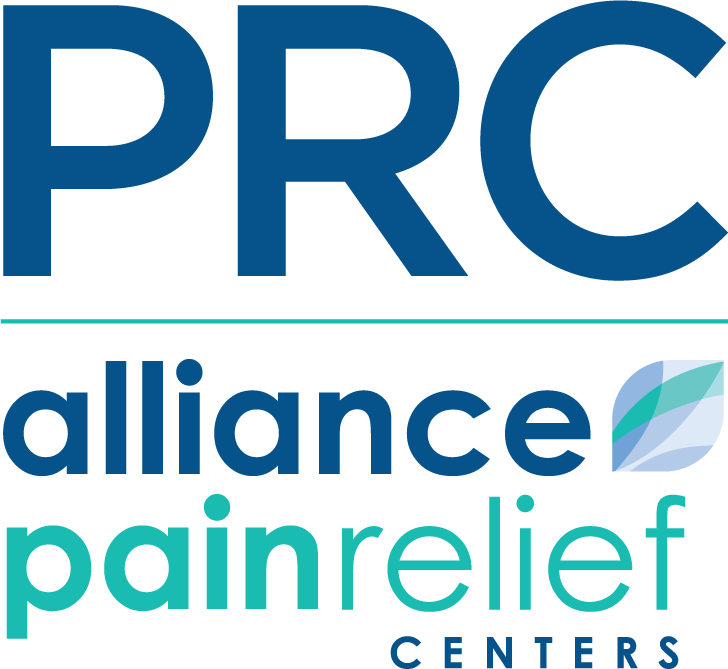There are alternatives to powerful opioids for chronic pain relief

In the U.S., millions of prescriptions are written each year for opioids to relieve chronic pain. While opioids can be a viable treatment option for some patients, opioid medications can put patients at high risk for respiratory depression as well as abuse and addiction. Rising concerns about opioid addiction and the U.S. opioid epidemic have led to increased regulation and changes in opioid prescribing guidelines. Healthcare providers and their patients are increasingly seeking evidence-based, non-opioid treatment options for chronic pain relief. The use of non-opioid treatment options can help reduce the amount of opioids used or prescribed for pain relief, or eliminate the need for an opioid altogether.
Non-opioid pain medications
Over-the-counter medications such as NSAIDS (e.g. naproxen or ibuprofen) or acetaminophen may be all that some patients need to find pain relief. Other patients may work with their doctors to find that prescription-strength NSAIDs, corticosteroids or muscle relaxants reduce their pain.
Antiseizure medications (anticonvulsants) work by inhibiting certain types of nerve transmissions, and can also be used for pain relief. These prescription medications can decrease neuropathic pain sensations, such as those caused by trigeminal neuralgia or diabetic neuropathy. Gabapentin and pregabalin are two anticonvulsants commonly used as pain medications.
Topical analgesics can also help patients manage pain. These medications are applied to the skin, and come as creams, lotions or patches. Many are available over-the-counter, while others need a doctor’s prescription. Topical analgesics work in different ways, depending on their active ingredient. Some, such as trolamine salicylate, deliver pain medication through the skin. Other topical analgesics, such as capsaicin, contain ingredients that can interfere with pain perception.
Minimally invasive procedures for pain management
A pain specialist can work with you to develop an individualized pain management plan that doesn’t include the use of opioids or other medications. Pain specialists may use interventional pain procedures to help manage your chronic pain. Joint injections, nerve blocks, and minimally invasive procedures such as kyphoplasty and spinal cord stimulators are treatment options that can deliver significant relief. These procedures are often performed on an outpatient basis in an ambulatory surgery center, with patients returning home the same day. Many patients find relief from their chronic pain symptoms shortly after their procedure.
Alternative therapies for pain relief
Non-drug remedies such as massage, acupuncture, and exercise can also be beneficial in relieving chronic pain. Stretching, strengthening exercises, and low-impact activities such as walking and swimming can help reduce chronic pain symptoms. For example, many arthritis sufferers find that light exercise reduces their joint pain.
Regardless of your chronic pain condition, there are pain management options that don’t include the use of prescription opioids. Talk with your doctor or a board certified pain specialist to learn more and discuss the treatment options that may be right for you.

